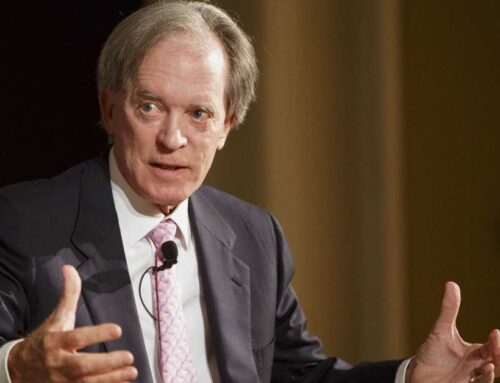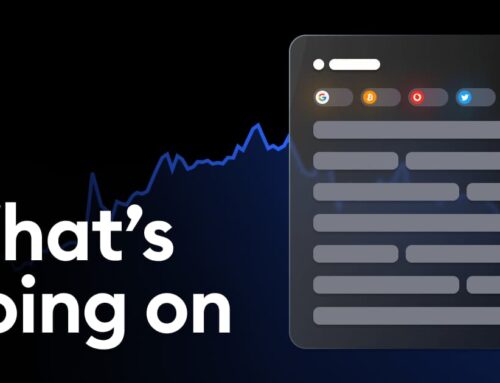Years of warnings preceded Bourbon Street attack as bollard repairs lagged
January 6, 2025
A 2017 report by the city of New Orleans identified Bourbon Street as a potential terrorism target, citing FBI warnings and announcing the installation of bollards to protect pedestrians from possible vehicle ramming attacks.
The report, released in January of that year, highlighted the dense pedestrian crowds on Bourbon Street as a vulnerability. “This presents a risk and target for terrorism and the FBI has identified it as a concern that the City must address,” the report stated.
Eight years later, U.S. Army veteran Shamsud-din Jabbar, who officials say pledged allegiance to ISIS, drove a truck nearly three blocks down Bourbon Street, killing 14 people. The bollards installed in 2017 to help prevent such attacks were undergoing replacement ahead of the Super Bowl, which New Orleans will host on Feb. 9.

CBS News/Google Earth
A confidential report reviewed by CBS News showed that city officials were warned in 2019 that bollards needed to be fixed and improved “immediately.” Debris had caused some of the removable barriers to become inoperable, the report said, even as construction was underway to install additional bollards along the same street.
The report was written by New York-based security consultancy Interfor International and submitted to the French Quarter Management District, a state group that manages the area, in November 2019.
“The risk of terrorism – specifically mass shootings and vehicular attacks – remains highly possible while moderately probable,” the report states.
“Interfor strongly recommends bollard mobilization to be fixed/improved immediately,” the report later said, adding that the New Orleans Police Department was best positioned to oversee the improvements.
The CEO of Interfor International, Don Aviv, told CBS News he did not hear from the management district again after they published a summary of the confidential report in August 2020.
“That was abnormal,” Aviv said, adding that they usually brought in to present strategies and methodologies to follow up on recommendations.
An update from Mayor LaToya Cantrell’s office that same month said the city had started to assess and repair the bollards. Four years later, minutes from an April 2024 meeting showed the Department of Public Works was still “looking into replacements” for the bollards on Bourbon Street.
Construction work to replace the bollards didn’t begin until November 2024, five years after the report that recommended they be fixed immediately. An online bulletin from Dec. 19 showed that bollards were being installed near where Jabbar mounted the pavement to enter Bourbon Street.
Following the attack, New Orleans Police Superintendent Anne Kirkpatrick said police had taken actions to “harden those target areas where the bollards” previously were by installing patrol cars and other measures. “We did have a car there, we had barriers there, we had officers there, and they still got around.”
Officials have also said that the bollards alone would not have prevented an attack, and would not have stopped the attacker from mounting the sidewalk. Temporary, moveable steel barriers that the city has previously used to block sidewalks were not deployed on Bourbon Street on New Year’s Eve.
However, a June 2017 report published by the city’s Department of Public Works, prepared by infrastructure consulting firm AECOM, cited bollards as a way to save lives during such an attack.
The report drew comparisons to vehicle ramming attacks in Nice, France, and in New York’s Times Square, where fixed bollards were credited with saving lives. It proposed operable bollards for Bourbon Street to prevent unauthorized vehicle access while maintaining flexibility.
Unlike the fixed bollards in New York City, the report noted that the proposed bollards would be removable, accommodating delivery vehicles and emergency access. Permanent installations had faced opposition over concerns they could restrict access to businesses.
“The City has developed affordable options for using operable bollards to control access along Bourbon Street,” the report said. “When closed, these bollards will provide sufficient protection to prevent any unauthorized vehicle from accessing the roadway.”
New Orleans Mayor LaToya Cantrell announced in an FBI news conference Sunday the city is reviewing the newly installed bollards amid concerns they may only withstand vehicle impacts at speeds of up to 10 miles per hour.
“The thorough assessment that I am asking for will determine whether they are strong enough,” Cantrell said. “I can’t say with surety that’s the case but an expert will be able to do so, and we’ll respond accordingly.”
In a statement to CBS News, the district said: “The French Quarter Management District had nothing to do with the selection or contracting process for the Bourbon Street bollards; that decision was made by the Mayor’s Office/ The Department of Public Works for the City of New Orleans.”
Search
RECENT PRESS RELEASES
Related Post




